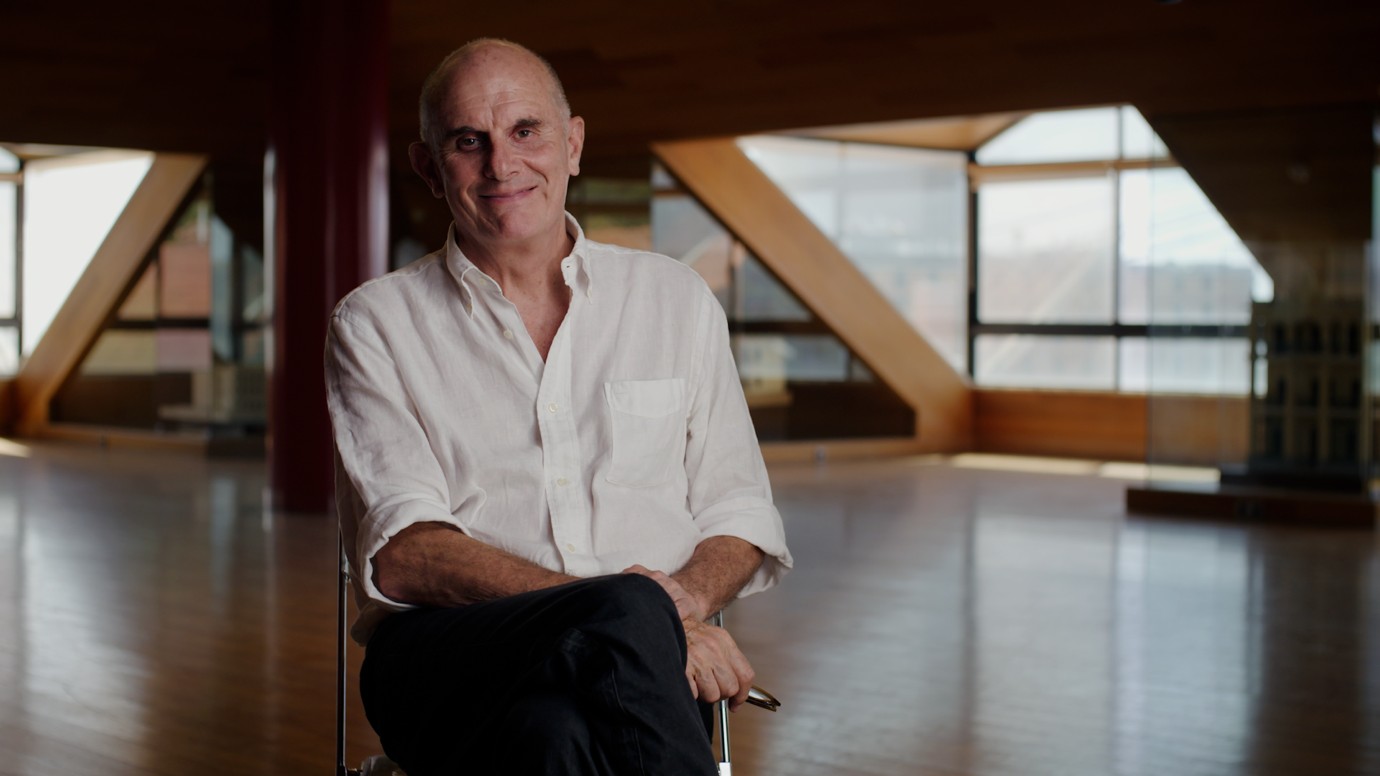Francisco Freire Jorge: The beauty of Song ceramics transcends time
Lisbon, the capital of Portugal, is an ancient city with a rich maritime legacy. Nestled near the waterfront is the Macau Scientific and Cultural Centre (CCCM), which houses an exceptional collection of Song Dynasty (960-1279) ceramics from the private collection of Francisco Freire Jorge and Jin Ying. Freire is regarded as one of the Western collectors of Song ceramics with the most extensive and profound understanding about the different kilns and ceramic typologies of the period.

Francisco Freire Jorge (Photo/Patrick Shead-Simmonds)
Freire's journey into the world of Chinese ceramics did not begin in museums or through formal academic study. Instead, it grew from a lifelong fascination with history and literature. In the mid-1980s, just before his first trip to China, he came across a captivating book containing letters written by missionaries in China and East India. Among them, he was especially drawn to those of Father François Xavier d'Entrecolles, a French Jesuit who lived in Jingdezhen, east China's Jiangxi Province, between 1712 and 1722 and studied techniques of porcelain production. "Reading these letters and historical accounts made a deep impression on me," Freire recalled.
Freire studied medicine and worked as a doctor in Salamanca (Spain) during the 1980s. In late 1989, after obtaining his PhD degree from the University of Salamanca, he travelled to China to study traditional Chinese medicine. Later, he settled permanently in Beijing in 1991, following his marriage to Jin Ying. His first true contact with Chinese ceramics came during weekend visits to local markets. "What started as a weekend hobby quickly became an overwhelming intellectual passion," he said.
Freire believes that Professor Ye Zhemin, a renowned Chinese art historian who influenced him at an early stage, and the American scholar Robert D. Mowry, who guided him some years later, played a fundamental role in the emergence and development of his passion for studying Song Dynasty ceramics, and strongly shaped his way of seeing and understanding these works.
When selecting pieces for his collection, Freire prioritises the intrinsic beauty of a ceramic piece above all else. He then considers its rarity and historical significance, followed by its condition, including any visible defects. For Freire, the hallmark of a masterpiece lies in its subtle details and quotes a Chinese proverb to summarise this elusive quality: "One can find it, but it is useless to look for it."
Today the CCCM holds about 200 pieces from the extensive collection of Freire and Jin. The first major exhibition of the collection, curated by Robert D. Mowry and titled "Peace and Serenity: Song Ceramics from the Qingjingtang Collection," debuted at the museum in December 2014. Spanning from the late 9th century to the 13th century, the exhibition focused mainly on pieces from the Northern Song (960-1127), Southern Song (1127-1279), and Jin (1115-1234) dynasties, although it also included a group of select ceramics from the late Tang Dynasty (618-907), the Five Dynasties (907-960) period and the early Yuan Dynasty (1271-1368).
Freire explains that what first captivated him about Song ceramics was their surprising alignment with contemporary aesthetics. Unlike the ornate and vibrant styles commonly associated with Chinese ceramics in the West, Song pieces embody elegance and minimalist beauty. Their aesthetics were born from the values of scholar-officials after the fall of the Tang Dynasty. Inspired by Taoist and Zen Buddhist thought, they rejected material ostentation in favour of natural, unadorned beauty, Freire explained.
A key distinction between Song ceramics and those of later periods lies in their production. "During the Song Dynasty, there was a great variety of kilns competing across China," Freire explained, "But with the rise of the Yuan Dynasty, the production of fine ceramics became centralized in Jingdezhen, in Jiangxi Province." As Jingdezhen's bright, colorful porcelain gained dominance, many of the high-quality regional kilns from the Song era gradually declined.
In December 2025, the CCCM will launch a new terracotta exhibition, also featuring works from Freire's collection. "Chronologically, the exhibition will span from the 5th millennium BC to the 9th century AD, with special emphasis on some of China's most important Neolithic cultures," he noted.
For Freire, the enduring beauty of Song ceramics transcends time, language, and culture. His collection serves as a bridge between Chinese and Portuguese heritage, offering a quiet yet profound dialogue between two ancient civilizations.

 Scan the QR Code
Scan the QR Code